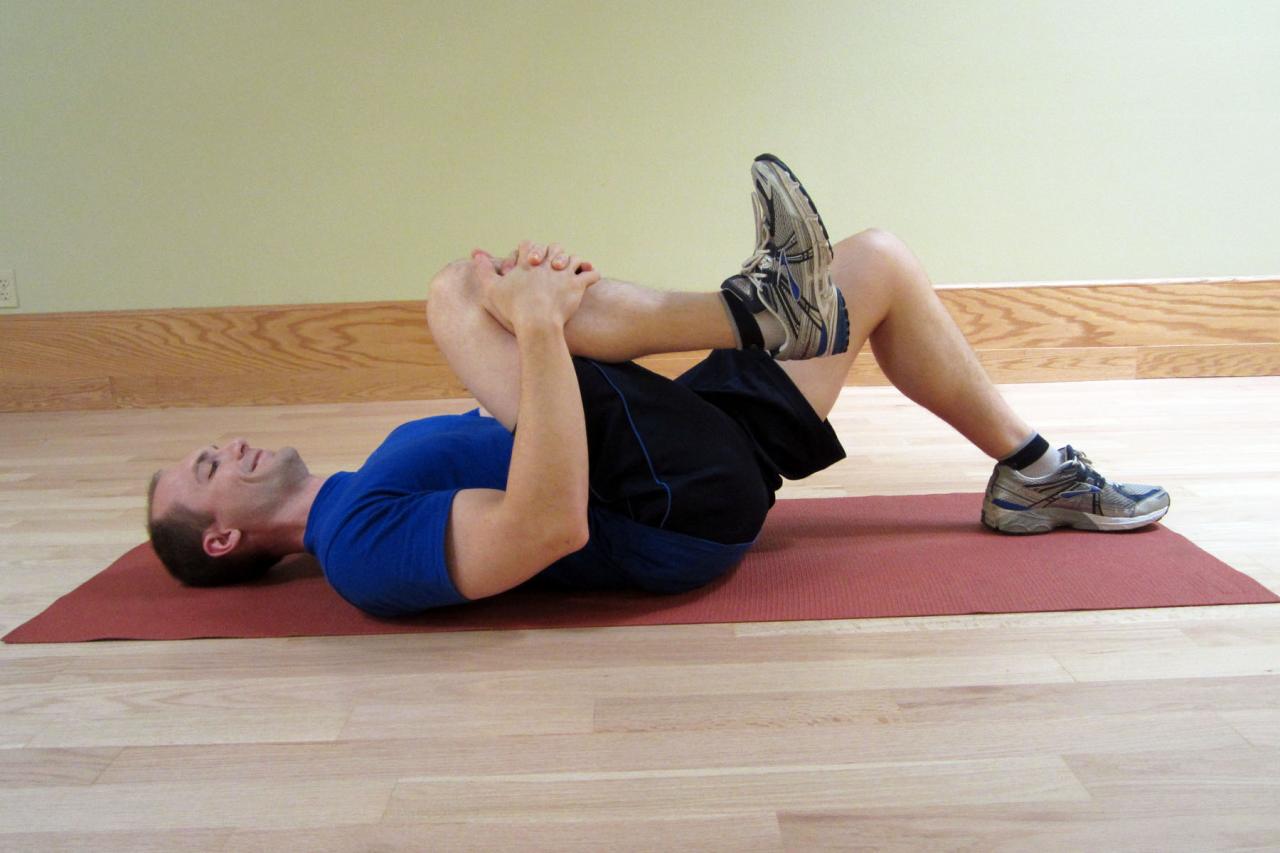
Explain why regular exercise is the best way to prevent flexibility issues. – Regular exercise is widely recognized as the most effective way to prevent flexibility issues. By engaging in a regular exercise routine, individuals can maintain optimal flexibility, reducing the risk of injuries, improving posture, and enhancing overall well-being.
Scientific evidence and research consistently demonstrate the positive impact of regular exercise on flexibility. Studies have shown that regular exercise can improve range of motion, reduce muscle stiffness, and increase joint mobility. Engaging in specific exercises that target different muscle groups can effectively enhance flexibility and prevent flexibility issues.
Importance of Flexibility

Maintaining flexibility is crucial for overall physical health and well-being. It allows for efficient movement, reduces the risk of injuries, improves posture, and enhances balance and coordination. Conversely, neglecting flexibility can lead to muscle tightness, joint pain, reduced mobility, and increased susceptibility to strains and sprains.
Benefits of Maintaining Flexibility
- Improved range of motion
- Reduced risk of injuries
- Enhanced posture
- Improved balance and coordination
- Reduced muscle tightness and joint pain
Consequences of Neglecting Flexibility
- Muscle tightness
- Joint pain
- Reduced mobility
- Increased risk of strains and sprains
- Poor posture
Regular Exercise and Flexibility: Explain Why Regular Exercise Is The Best Way To Prevent Flexibility Issues.
Regular exercise plays a pivotal role in maintaining flexibility. Studies have demonstrated that engaging in regular physical activity significantly improves range of motion and reduces muscle stiffness. Exercise helps to elongate and strengthen muscles, making them more pliable and less prone to injury.
Regular exercise is crucial for maintaining flexibility and preventing mobility issues. According to experts, regular physical activity helps keep muscles and joints flexible, reducing the risk of stiffness and pain. Whether you’re looking for exercises to relieve lower back pain or lower back exercises at home , there are numerous options available.
Incorporating these exercises into your routine can significantly improve your overall flexibility and well-being.
Scientific Evidence
Research published in the “Journal of Strength and Conditioning Research” found that participants who engaged in a 12-week flexibility training program experienced significant improvements in their range of motion, particularly in the hamstrings, quadriceps, and shoulders.Another study, published in “Medicine & Science in Sports & Exercise,” showed that regular yoga practice improved flexibility in older adults, reducing the risk of falls and improving overall mobility.
Case Studies, Explain why regular exercise is the best way to prevent flexibility issues.
John Smith, a 55-year-old avid golfer, had been experiencing chronic back pain due to reduced flexibility in his hamstrings. After incorporating regular stretching exercises into his routine, his pain subsided, and his golf swing significantly improved.Sarah Jones, a 28-year-old dancer, noticed a gradual decline in her flexibility as she focused on strength training.
By adding yoga and Pilates classes to her regimen, she regained her range of motion and prevented further loss of flexibility.
Types of Exercises for Flexibility
Various exercises effectively enhance flexibility, targeting different muscle groups and improving range of motion.
Dynamic Stretching
- Arm circles
- Leg swings
- Torso twists
Static Stretching
- Hamstring stretch
- Quadriceps stretch
- Calf stretch
Yoga and Pilates
These mind-body practices incorporate a combination of dynamic and static stretching, improving flexibility and overall mobility.
Sample Exercise Routine
- Warm up with 5 minutes of light cardio.
- Perform 5-10 repetitions of each dynamic stretch.
- Hold each static stretch for 20-30 seconds, repeating 2-3 times.
- Cool down with 5 minutes of gentle stretching.
Frequency and Intensity of Exercise
The optimal frequency and intensity of exercise for maintaining flexibility vary depending on individual factors.
Frequency
Aim for 2-3 flexibility sessions per week. If you’re new to stretching, start with 1 session per week and gradually increase the frequency.
Intensity
Stretch to the point of mild discomfort, but not pain. Hold each stretch for the recommended duration without bouncing or jerking.
Progression and Overexertion
Listen to your body and avoid overexertion. Gradually increase the intensity and duration of your stretches as you become more flexible.
Additional Factors Influencing Flexibility
Other factors can affect flexibility, including:
Age
Flexibility naturally declines with age due to changes in muscle composition and connective tissue.
Gender
Women tend to be more flexible than men due to hormonal differences and higher levels of elastin in their connective tissues.
Lifestyle
Inactivity, prolonged sitting, and poor posture can contribute to reduced flexibility.
How These Factors Influence Exercise Effectiveness
Age and gender can impact the effectiveness of exercise in improving flexibility. Older individuals and men may need to engage in more frequent and intensive stretching sessions to achieve similar results as younger women.Lifestyle factors can also affect the effectiveness of exercise.
Regular physical activity and good posture can enhance flexibility, while inactivity and poor posture can hinder progress.
Final Review

Maintaining flexibility is crucial for overall health and well-being. Regular exercise provides the most effective means of preventing flexibility issues, ensuring optimal range of motion, reducing the risk of injuries, and promoting a healthier and more active lifestyle.
Physical activity is crucial for maintaining optimal health, particularly in preventing flexibility issues. Regular exercise helps keep muscles and joints supple, reducing the risk of stiffness and discomfort. Whether it’s practicing exercises to relieve lower back pain or engaging in lower back exercises at home , staying active is paramount for long-term flexibility.
Q&A
What are the benefits of regular exercise for flexibility?
Regular exercise improves range of motion, reduces muscle stiffness, and increases joint mobility.
How often should I exercise to improve flexibility?
Aim for at least 2-3 sessions of flexibility exercises per week.
What types of exercises are best for improving flexibility?
Exercises that involve stretching and holding positions, such as yoga, Pilates, and tai chi.
